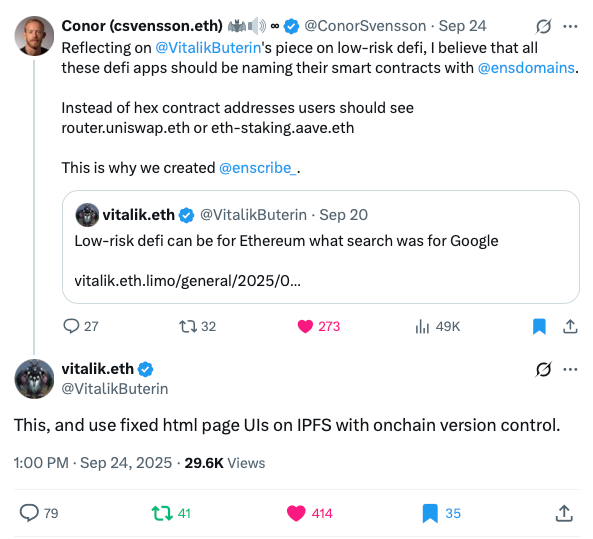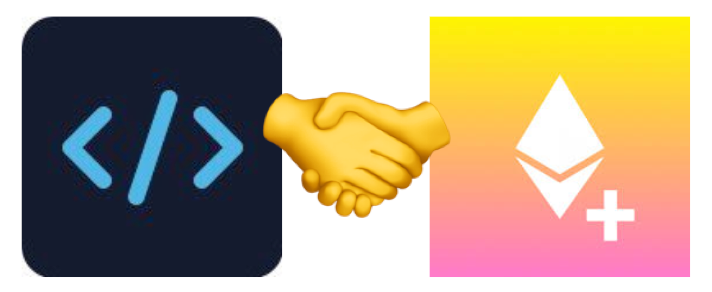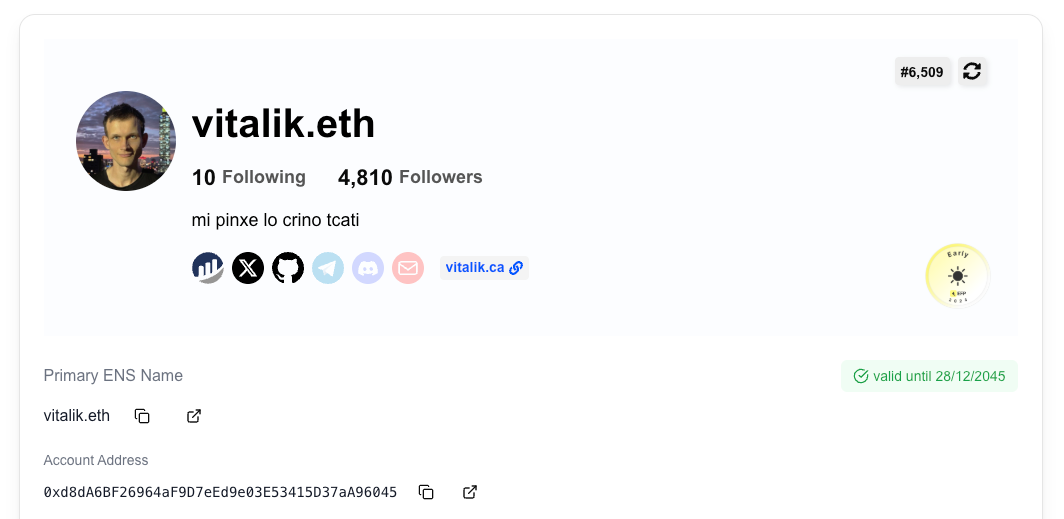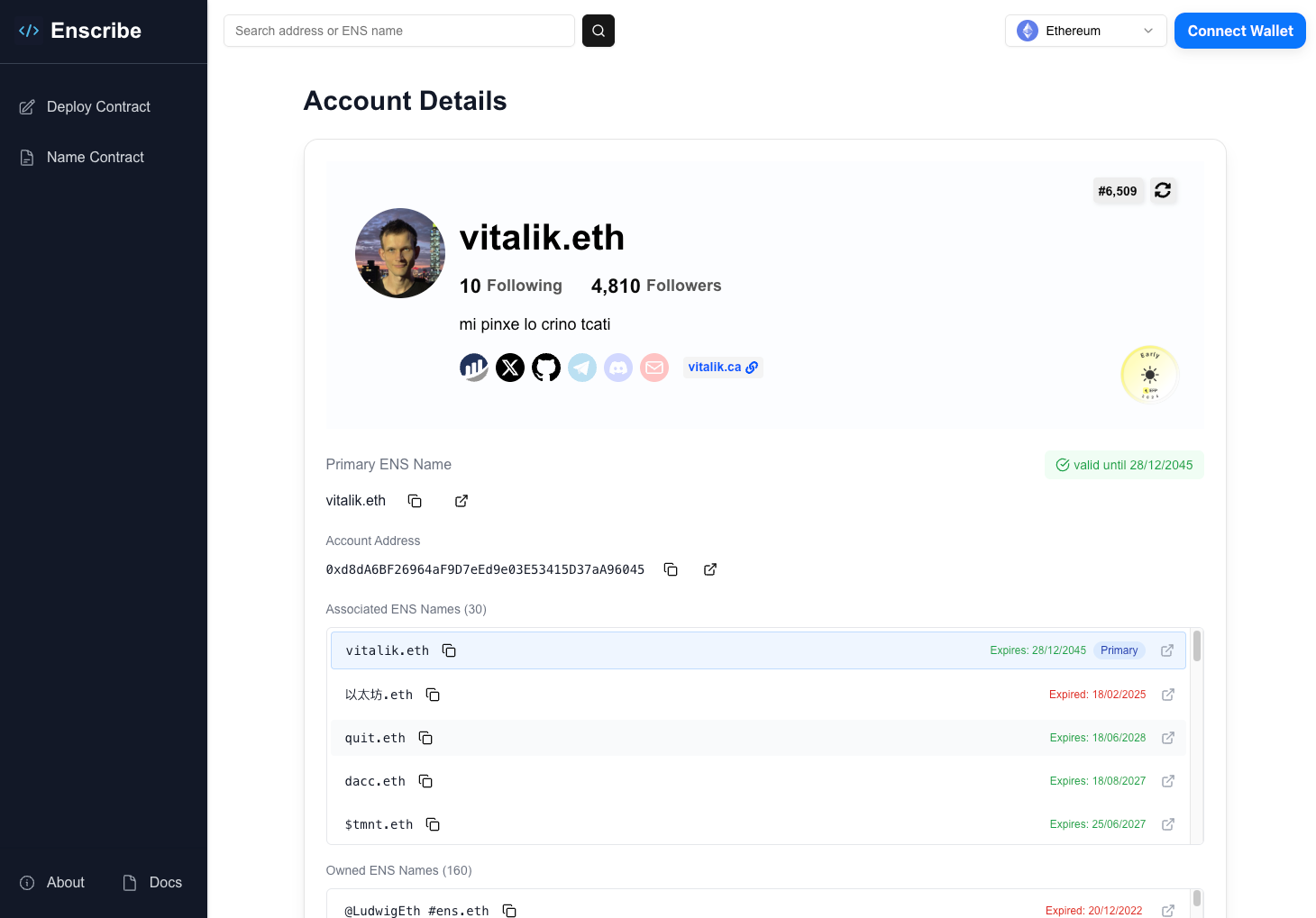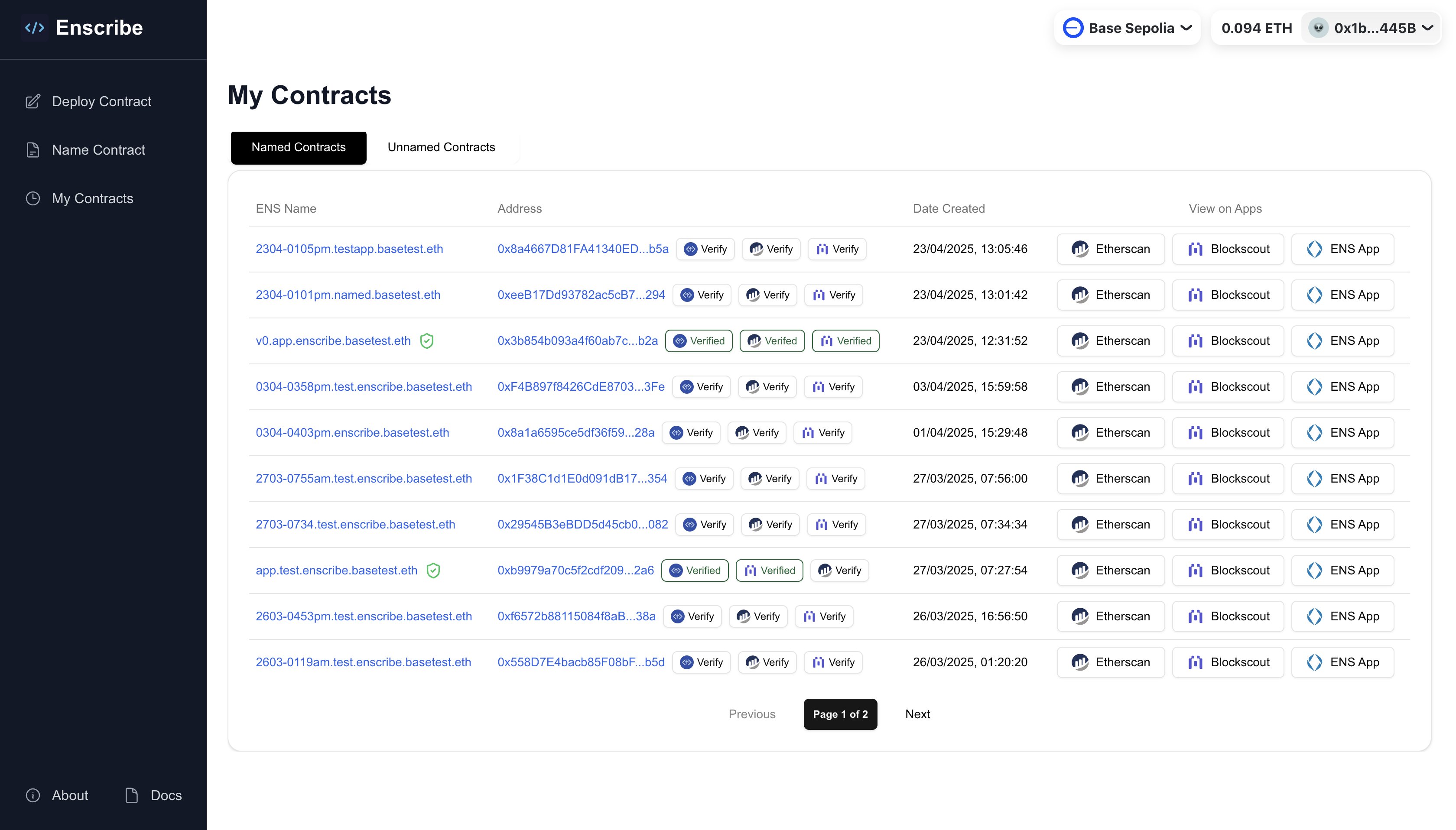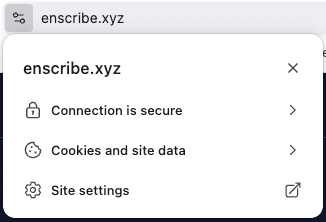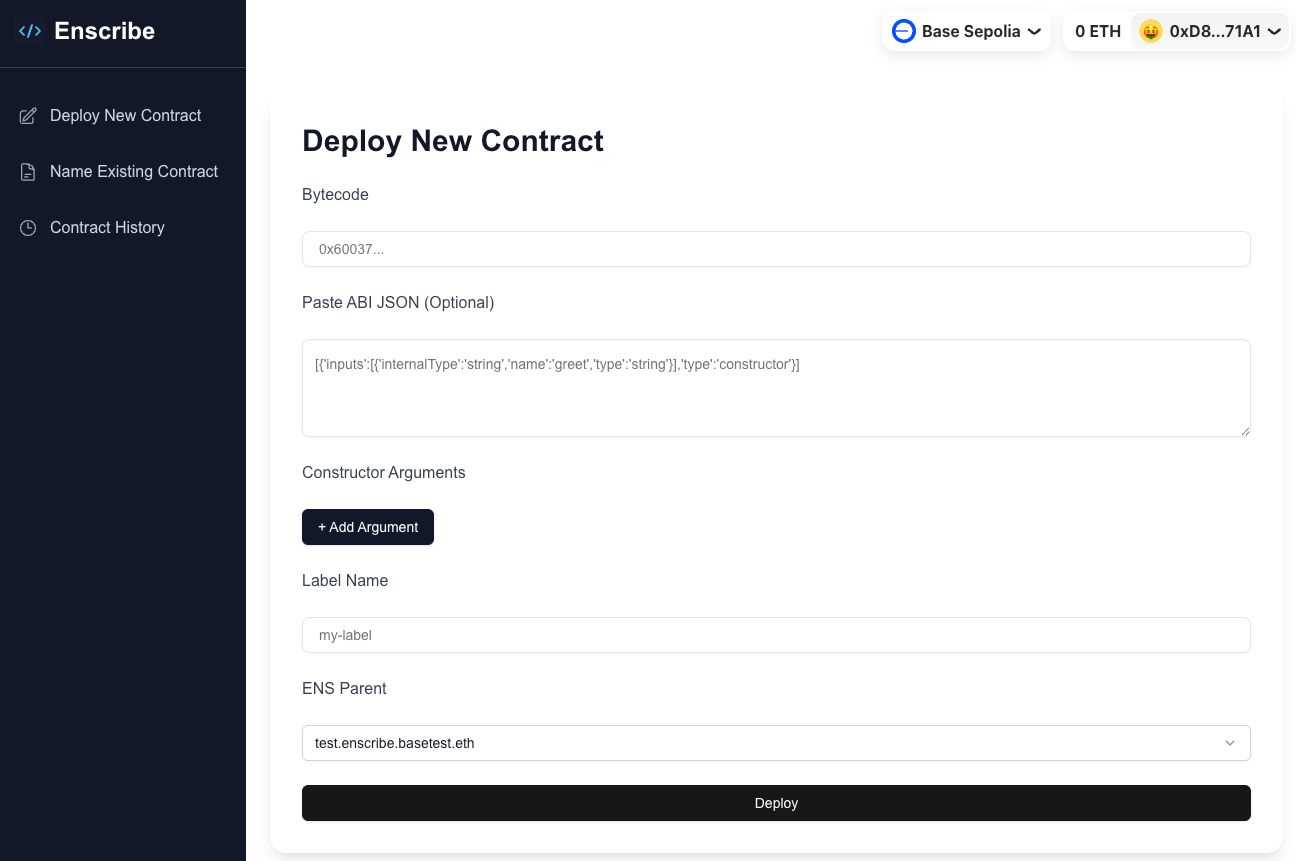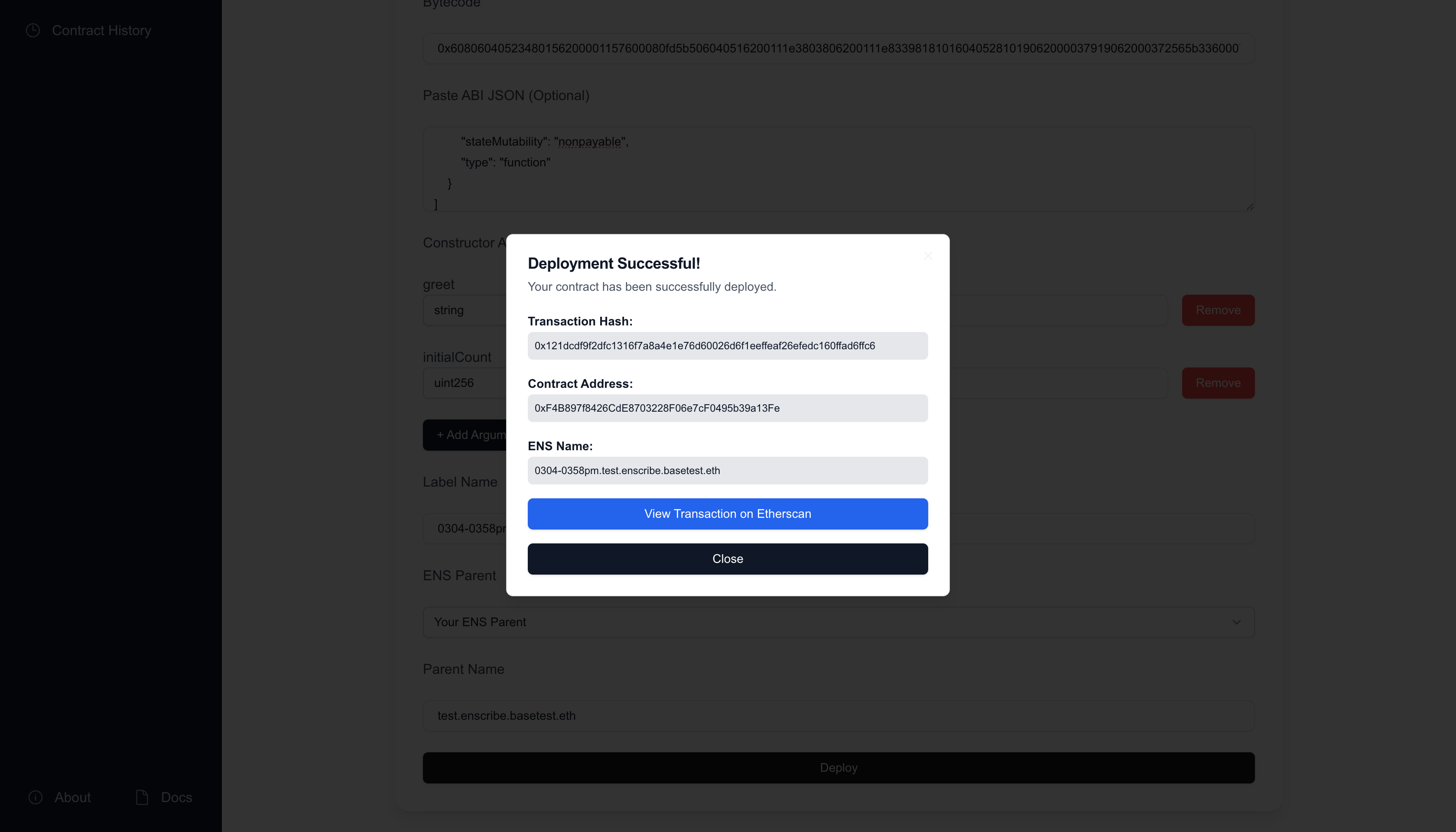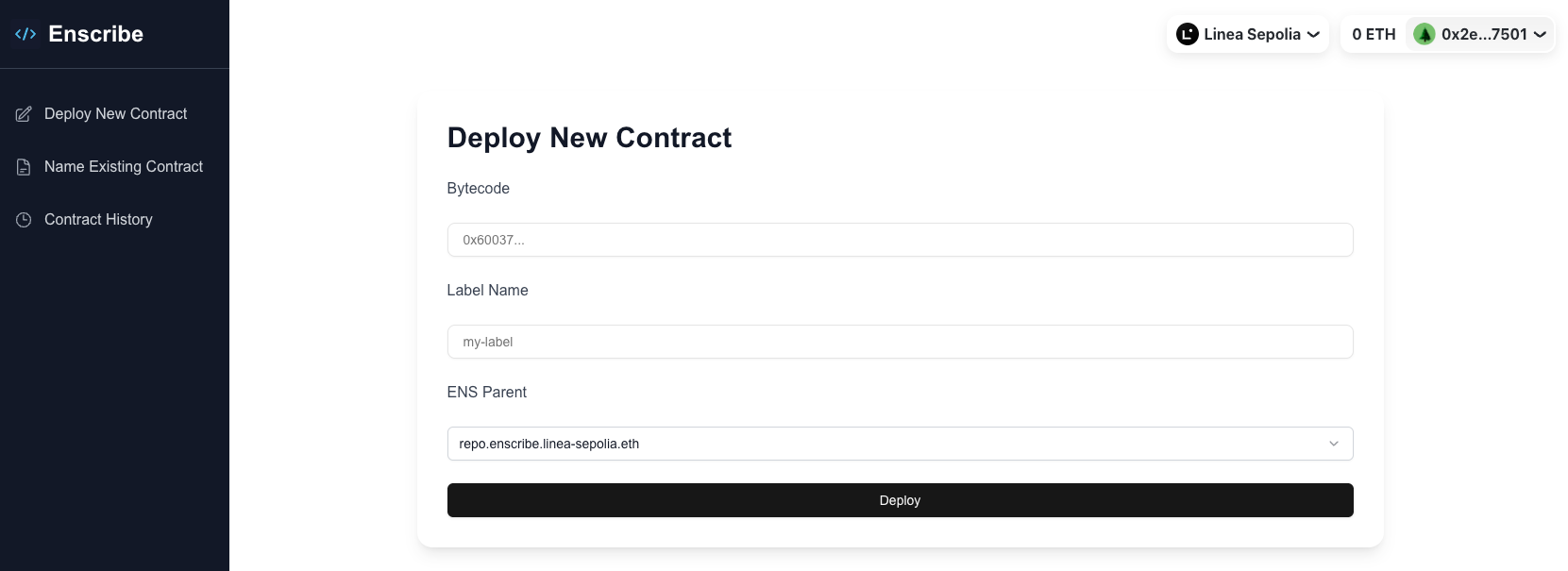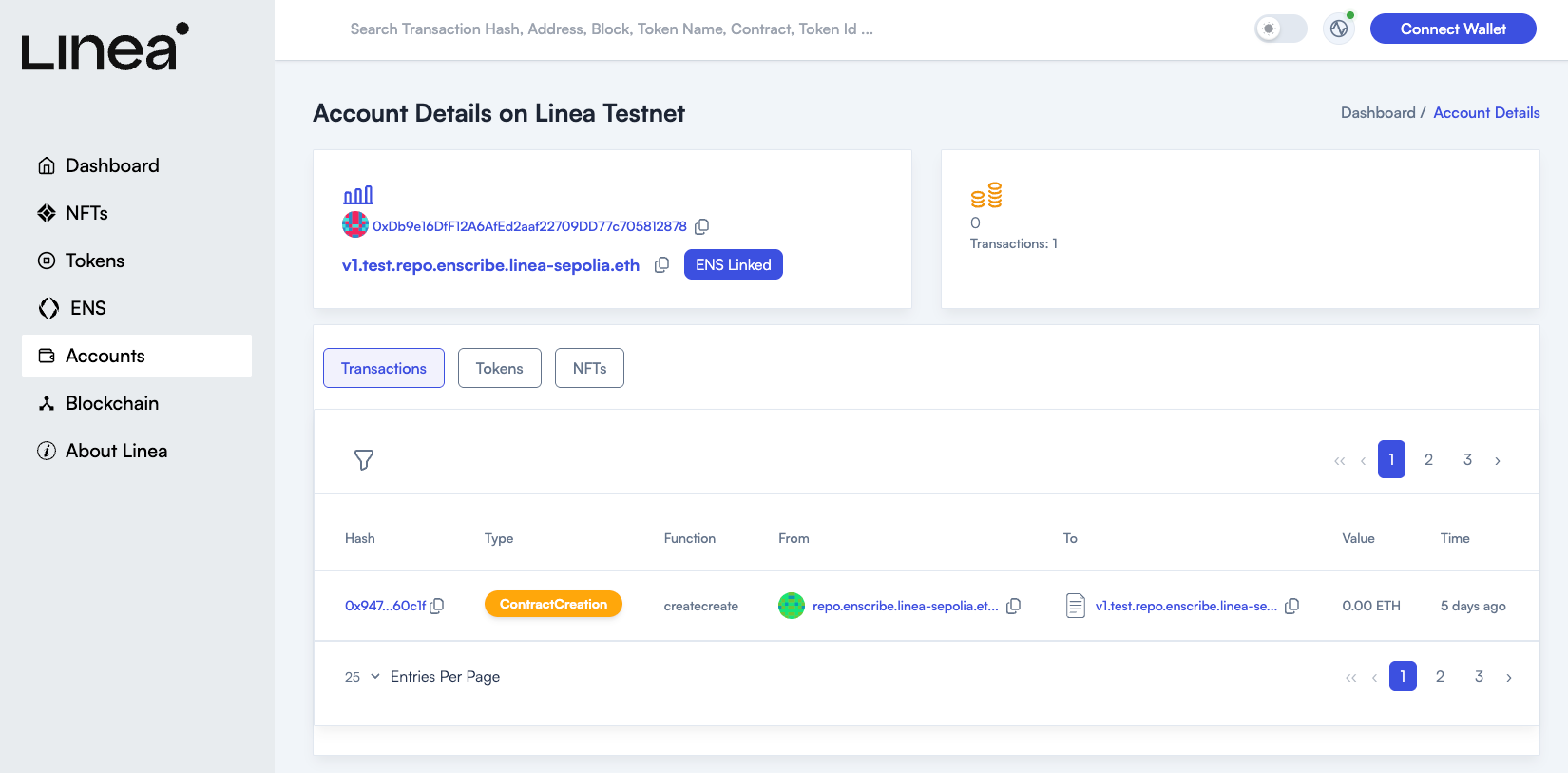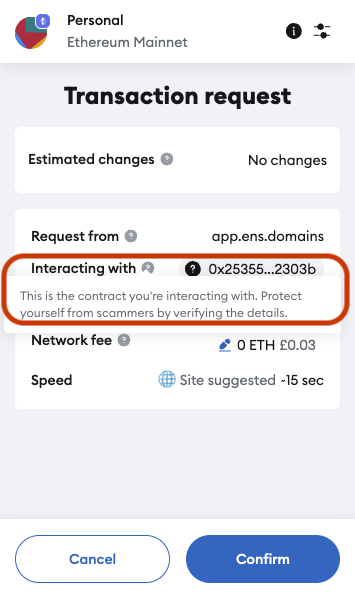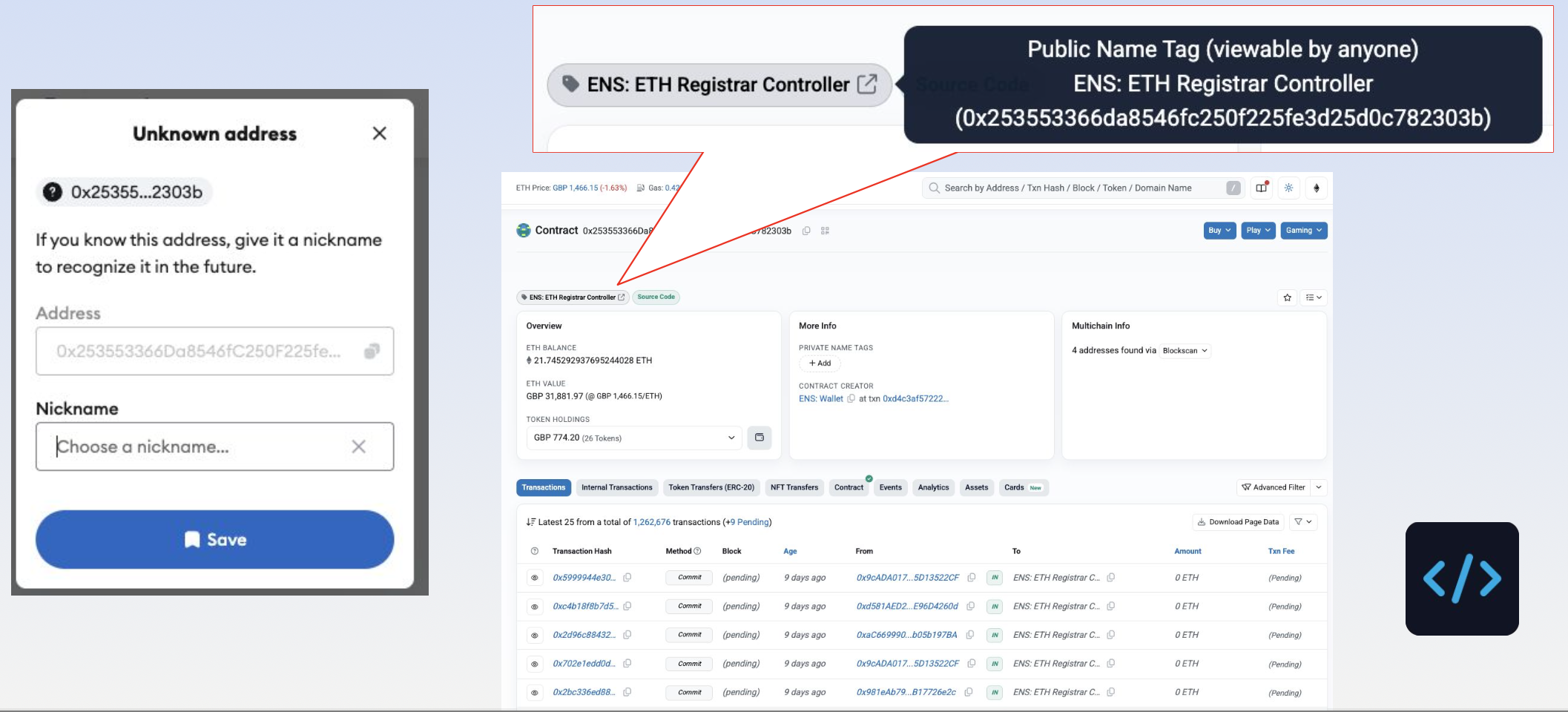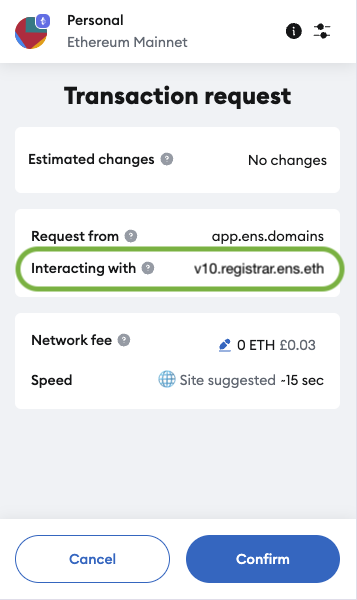ENS Contract Naming Season
The ENS DAO has officially passed a proposal launching ENS Contract Naming Season — a new community initiative to bring names, identity, and trust to smart contracts across Ethereum.

What is Contract Naming Season?
Contract Naming Season is a collaborative effort between the ENS DAO, Enscribe and others to help projects name their smart contracts using ENS names, turning unreadable hexadecimal addresses into human-readable, trustworthy names.
To encourage adoption, the ENS DAO has created a 10,000 ENS reward pool, offering incentives to teams that name their contracts and help lead others to do the same.
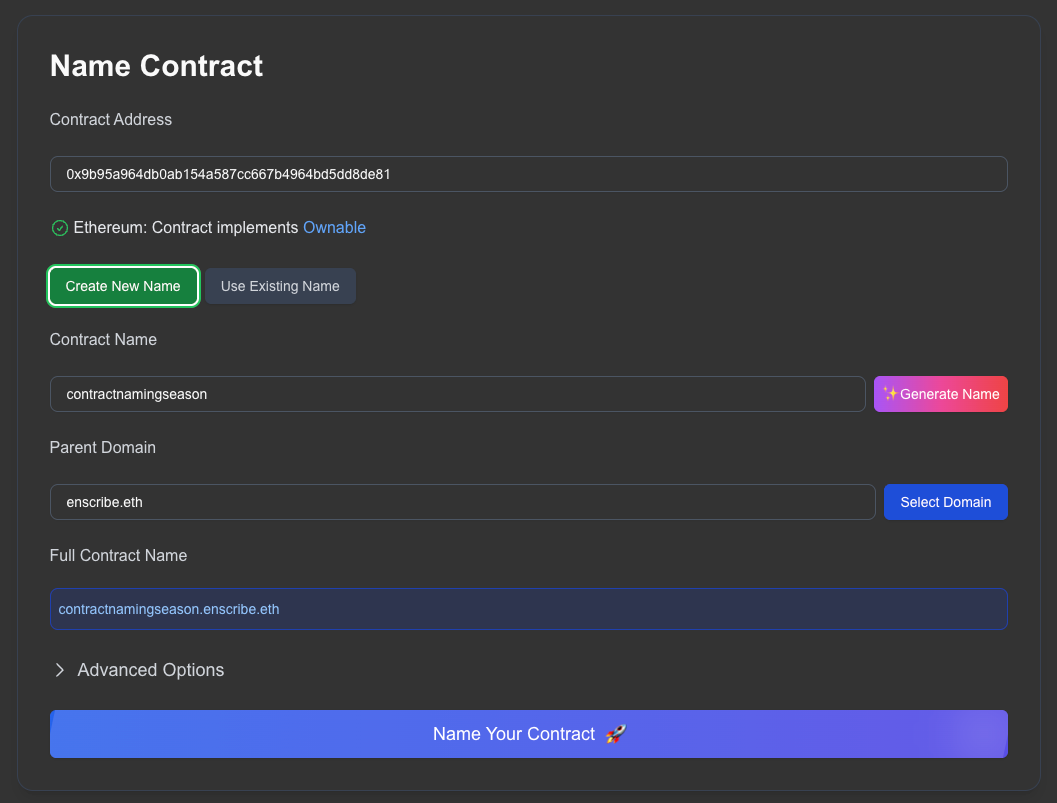
You can read the proposal on Tally for background.
Why it Matters
Every time users interact with a smart contract, they’re asked to trust a long, meaningless hex address.
Not only does this make Ethereum harder to use, it leaves users exposed to address spoofing and phishing attacks from scammers.
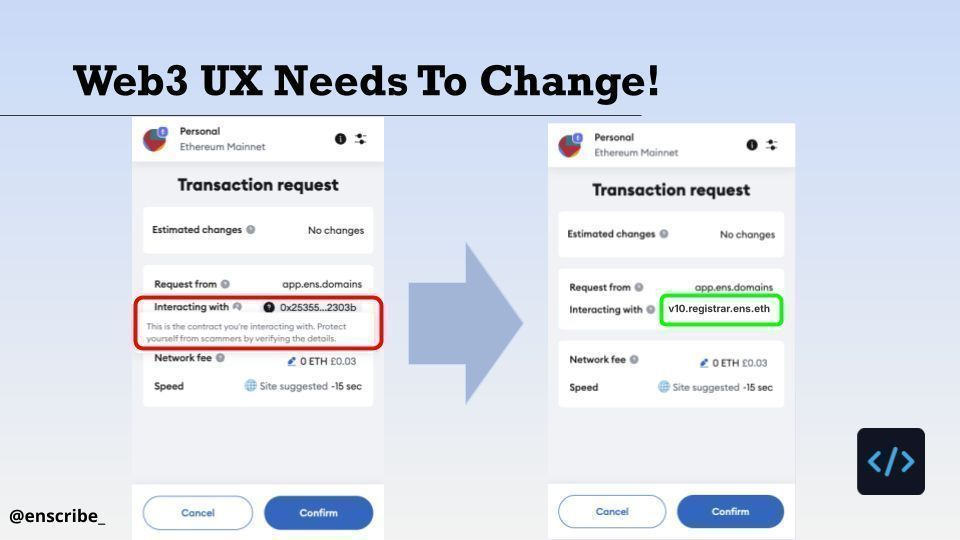
Millions of dollars is lost every year to address spoofing and poisoning attacks on Ethereum.
Enscribe was created to address these issues. It’s a smart contract naming service built on ENS.
It allows developers and projects to easily name their smart contracts with ENS names. This creates human-readable, trustworthy identities for contracts, turning unreadable hexadecimal addresses into meaningful names.
Where it’s Happening
Enscribe is live on Ethereum and integrates directly with ENS and contract verification platforms like Etherscan, Blockscout and Sourcify.
We've integrated with projects like Safe, Ethereum Follow Protocol and Open Labels Initiative to make contract naming a new standard for increased safety for Ethereum’s users.
Try it now: app.enscribe.xyz
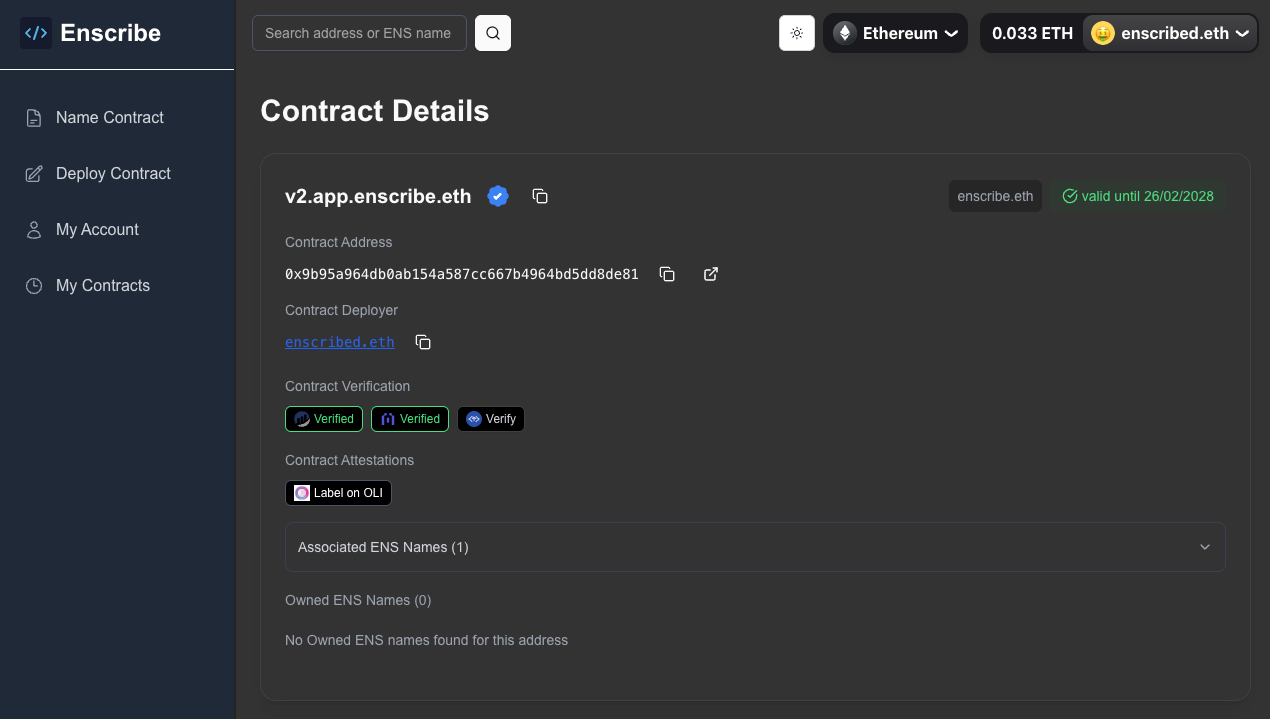
How to Get Involved
-
Join the conversation in the:
-
Check out our Best Practice Guides for:
-
Start naming your contracts:
When
Contract Naming Season runs November 2025 → April 2026.
Reward distribution details will be announced soon — stay tuned!
Voices From the Community
ENS has always been about empowering the Ethereum community to name and own their digital identities. Contract Naming Season continues that mission — helping developers, DAOs, and protocols give their smart contracts names users can trust.
— nick.eth, Creator of ENS
All smart contracts should be named onchain, for security, readability, and transparency. Contract Naming Season with Enscribe is a great opportunity to finally get it done.
— brantly.eth, Executive Director, Ethereum Identity Foundation, ENS DAO Delegate, ex-Director of Operations, ENS
Naming Season captures what makes ENS, DAOs and Ethereum special — community-led initiatives that drive our ecosystem forward! It’s actions like naming contracts that build the culture of safety and transparency we all depend on.
— james.eth, Fire Eyes DAO, ENS DAO Delegate
Named contracts upgrade security and enhance UX. Promoting awareness of contract naming opportunities across protocols, DAOs, and apps through Contract Naming Season is a key step forward for the Ethereum community.
— lightwalker.eth, NameHash Labs
Let’s Make Ethereum Safer
Contract naming is a simple step every team can take to strengthen Ethereum’s foundation of trust and transparency. Let’s eliminate hex contract addresses and make human-readable contracts the new default.
Join the movement: app.enscribe.xyz
Happy naming! 🚀
